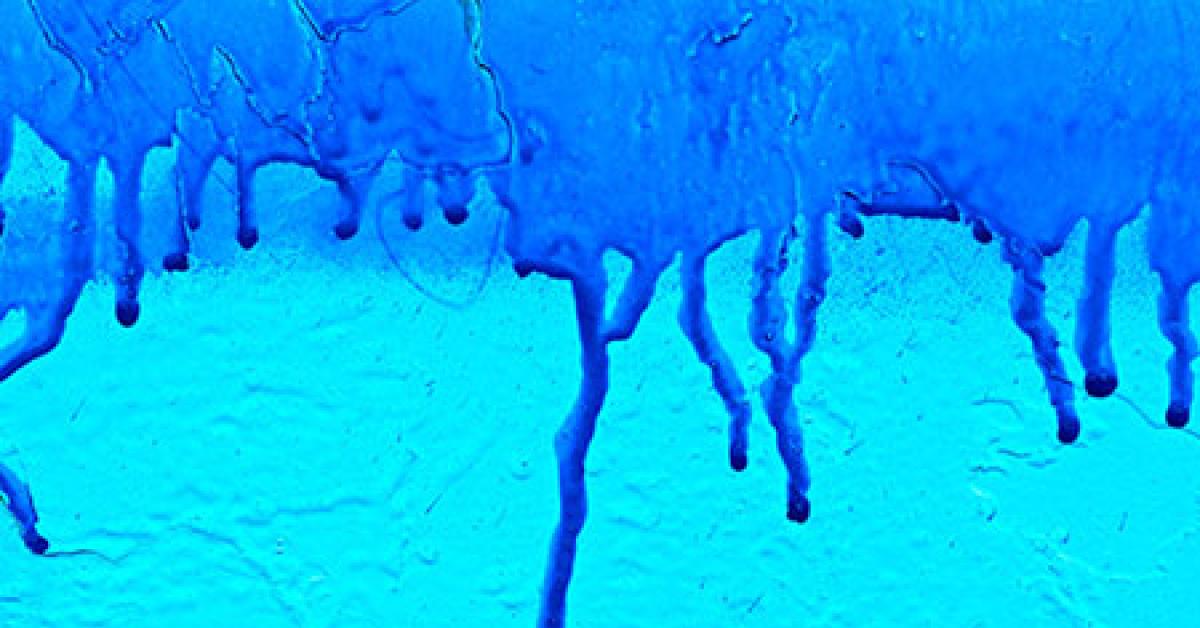CONCORD, N.C. — Fugitive dye migration is a common problem for both the consumer and the professional cleaner.
In last month’s column, I touched on the “oxidizing bleaches” used in a bleach bath and at the spotting board. A second group of bleaches are “reducing bleaches” that accomplish the job by taking oxygen out of the stain and are commonly referred to as dye strippers.
Sadly, if a cleaner has a dye stripper, it is usually “the purple liquid” that is collecting dust on a shelf. That is the equivalent of a carpenter using only a handsaw because the electric circular saw “is too dangerous.”
The less you attempt to do with a stain, the lower the risk. But the less you attempt to do with a stain, the greater the opportunity for someone else to exploit a perceived weakness in your operation.
Removing the fugitive dye left behind by the consumer, at a premium, should command a mark-up of at least 10%.
Being able to neutralize fugitive dye resulting from a mishandled garment will enhance your professionalism in the eyes of the customer.
NEUTRALIZING
Sodium bisulfite is a white powder that can be purchased from your supplier and is often used in the laundry area of the plant as a neutralizer when using chlorine bleach. It is effective as a bath or diluted in water and used at the spotting board.
To use sodium bisulfite at the spotting board, you should blend 1 teaspoon of the white powder with 4 ounces of water. This solution is excellent on berry stains, and is a good way to remove the last traces of iodine.
It can be applied in various ways, depending upon the size and location of the staining material. When a highly accurate application is required to avoid overlap, it can be applied with a wooden toothpick. This gives a minimum of solution with pinpoint application at the sharp point of the toothpick.
When you desire a broader application of bleach, with slightly less accuracy, you can use a cotton swab to apply the bleach. Even broader application can be achieved when you use an eyedropper.
You should always test the sensitivity of the original dye before proceeding with stain removal by cutting a small piece of fabric from the inside seam allowance. Wet the fabric and apply the sodium bisulfite, plus a drop of 28% acetic acid. The acid will enhance the bleaching action for the test, giving you a wide margin of safety for the original dye.
Sodium bisulfite can be used in a bath to remove the general shading when the fugitive dye is light and even.
Mix 1 tablespoon of bleach to each gallon of water used. Use a container large enough to allow easy movement of the garment. Do not soak.
Start with the solution at about 95 F. Keep the garment moving and gradually heat the solution until you achieve the desired results. Rinse the garment thoroughly after the fugitive dye is removed.
Check back Thursday for the conclusion.
Have a question or comment? E-mail our editor Dave Davis at [email protected].

